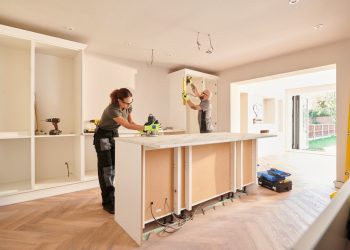After a 5-month-long stagnation, multifamily rents rose slightly by $3 in March to $1,706, according to a new report from Yardi Matrix.
Lost in Social Media?
Feeling lost with social media? Our FREE guide shows real estate agents how to build a standout brand, create posts that work and use AI to save time—so you can focus on selling, not scrolling. Start here.
Business Tip of the Day provided by
Categories
The Most Important Real Estate News & Events
Click below to receive the latest real estate news and events directly to your inbox.
By signing up, you agree to our TOS and Privacy Policy.













